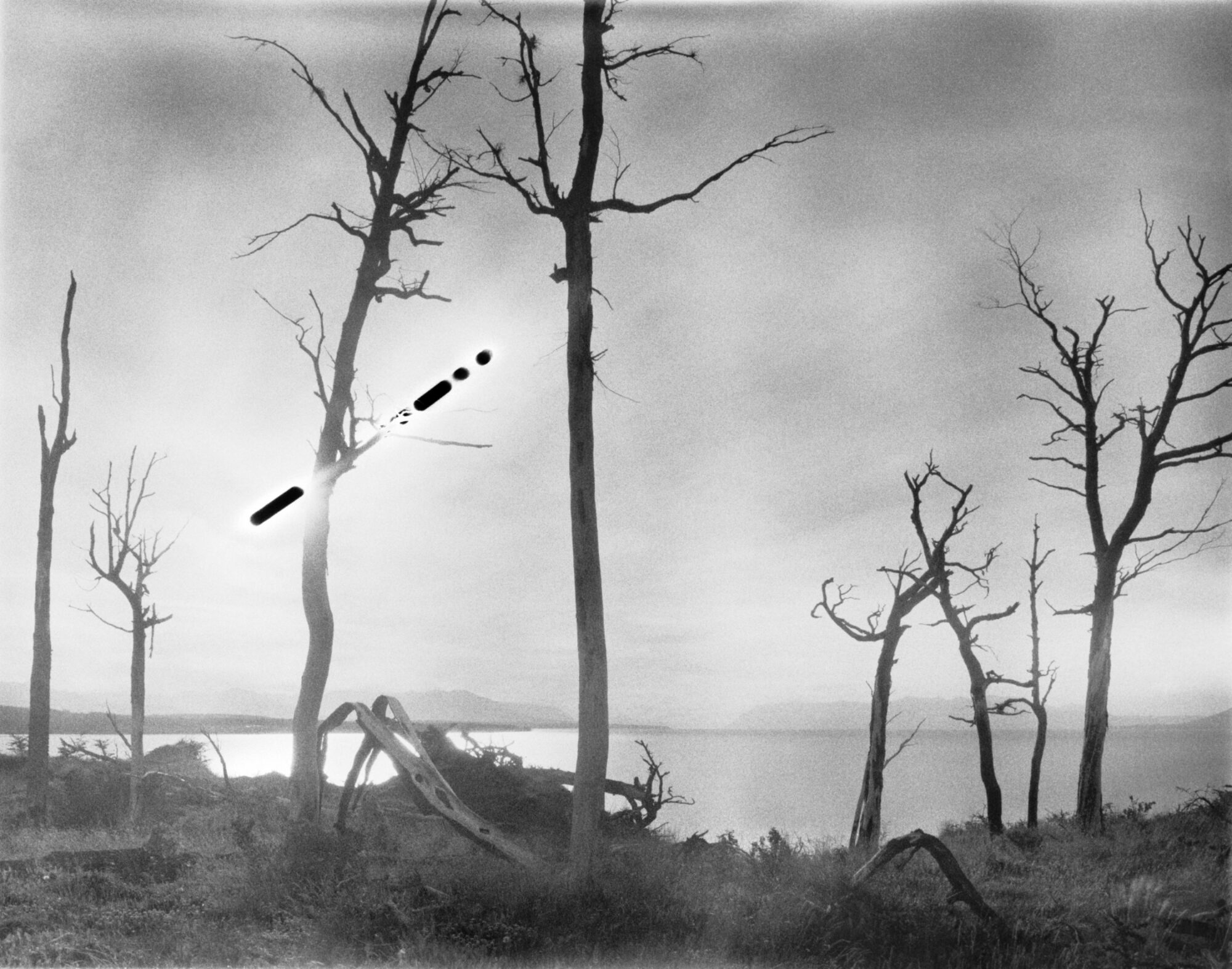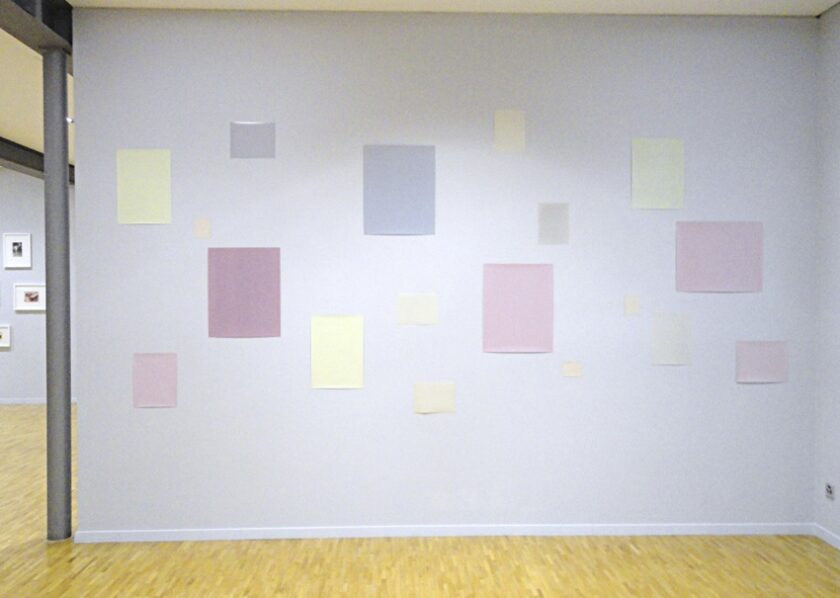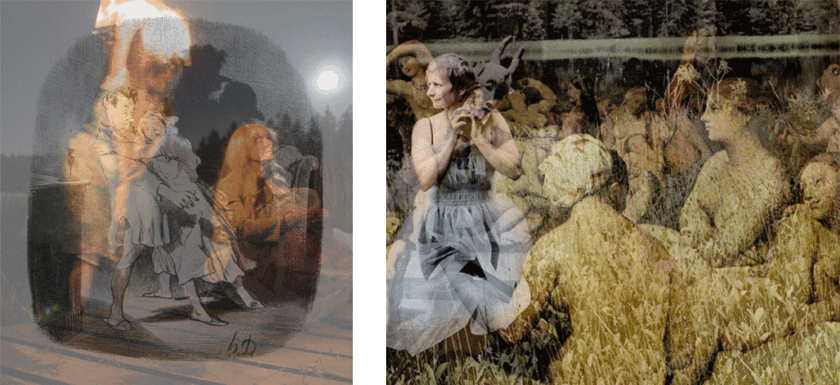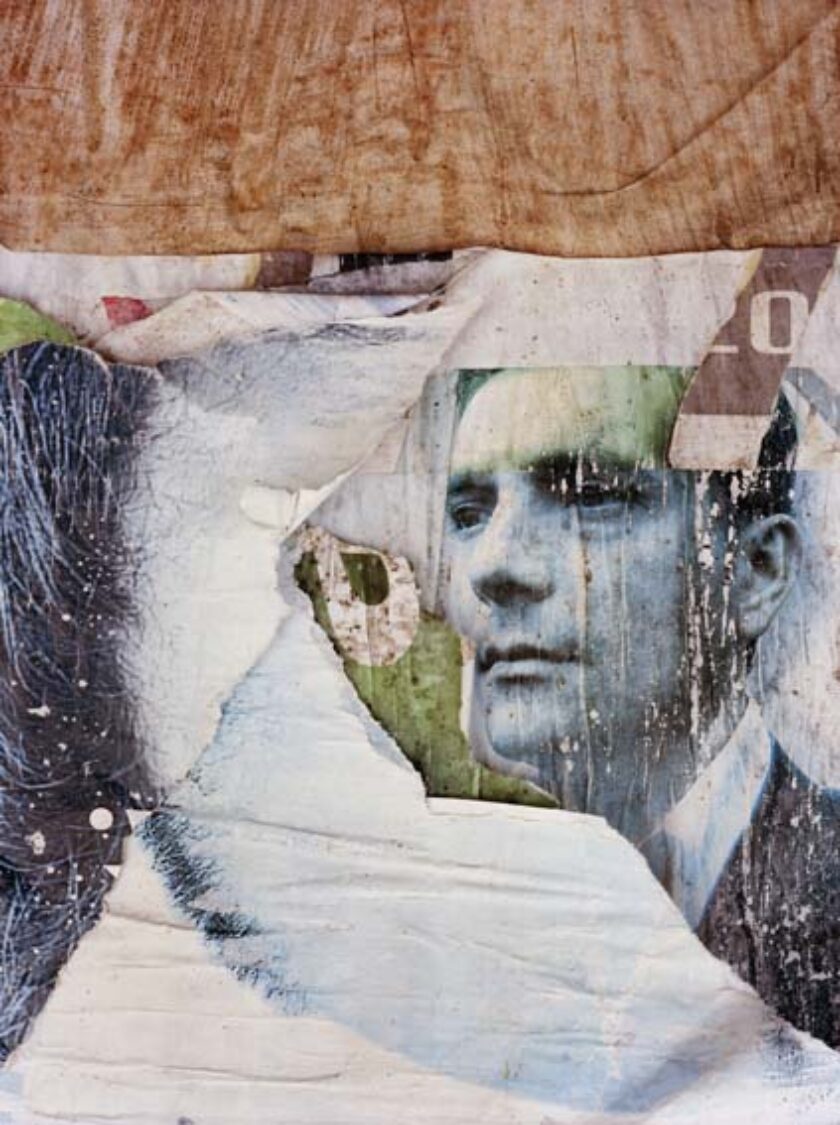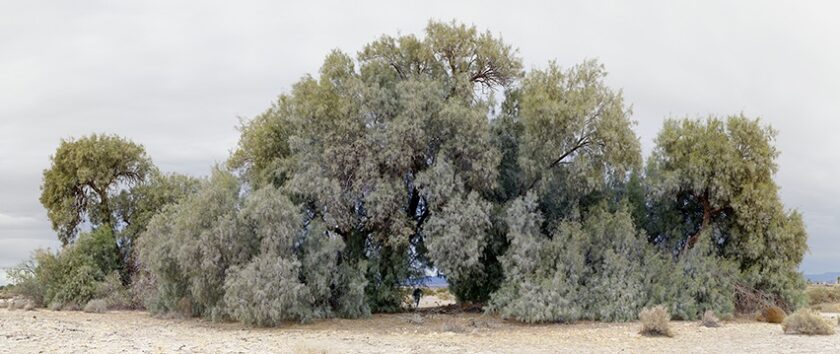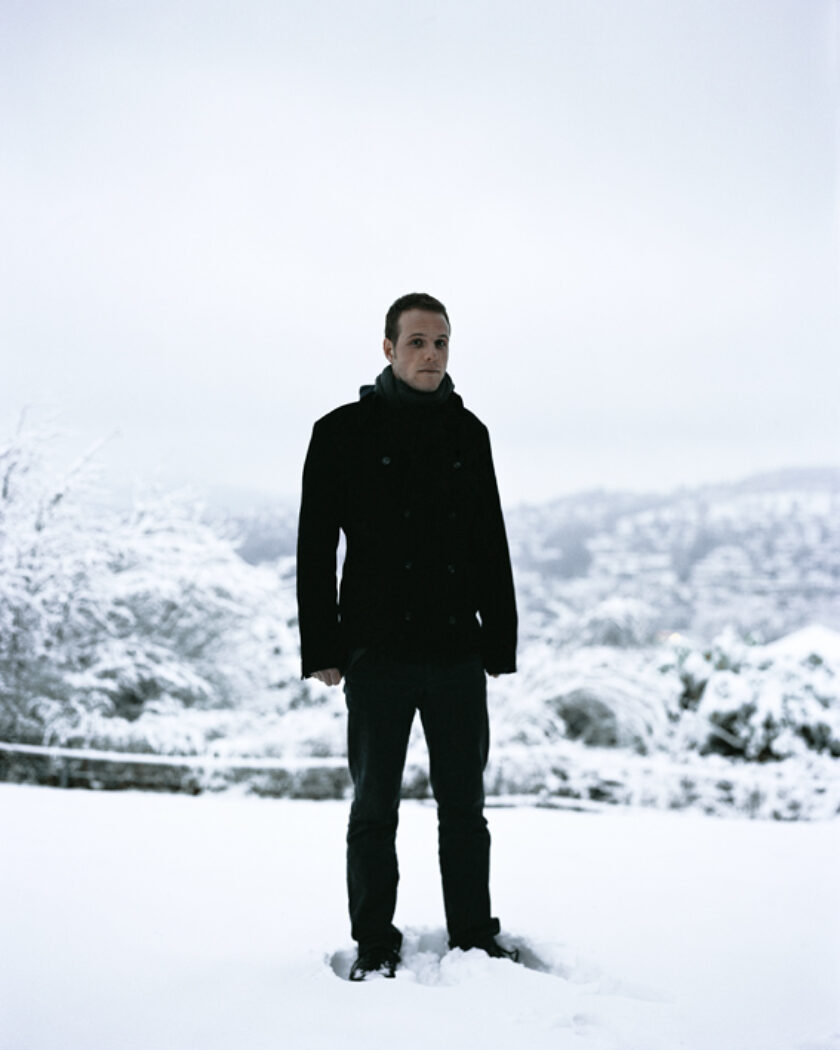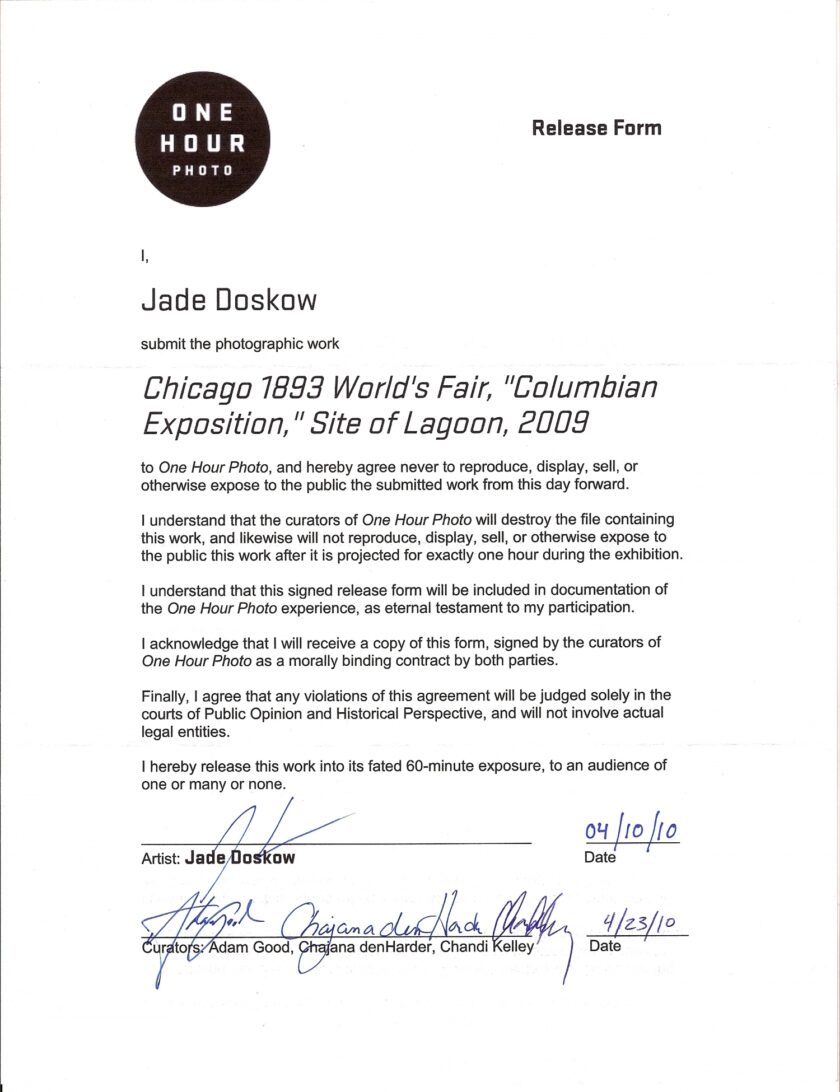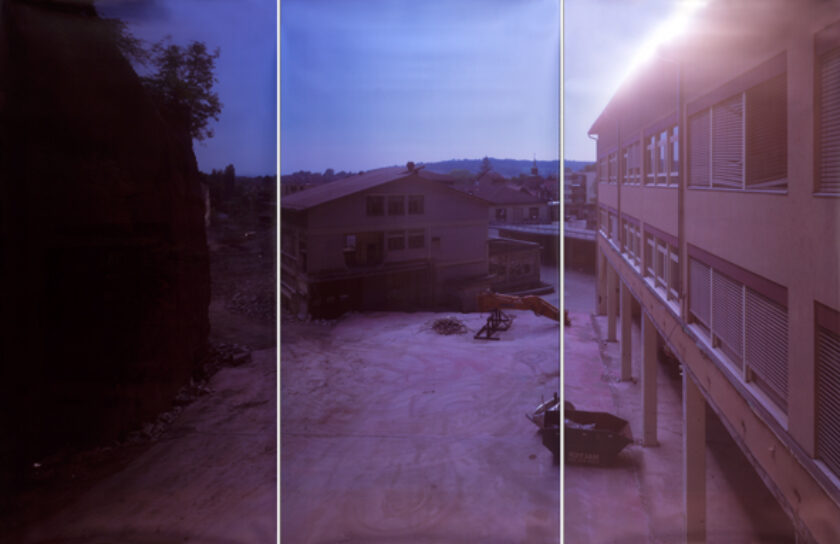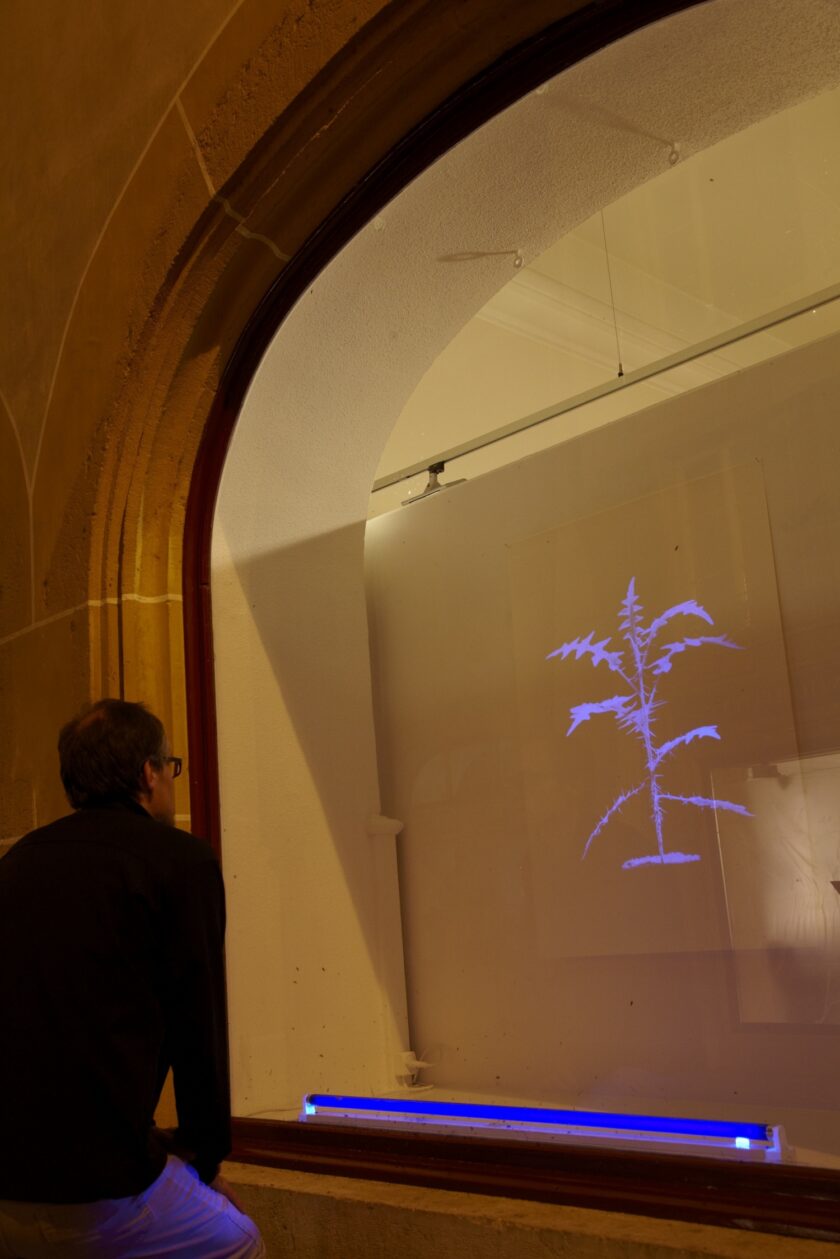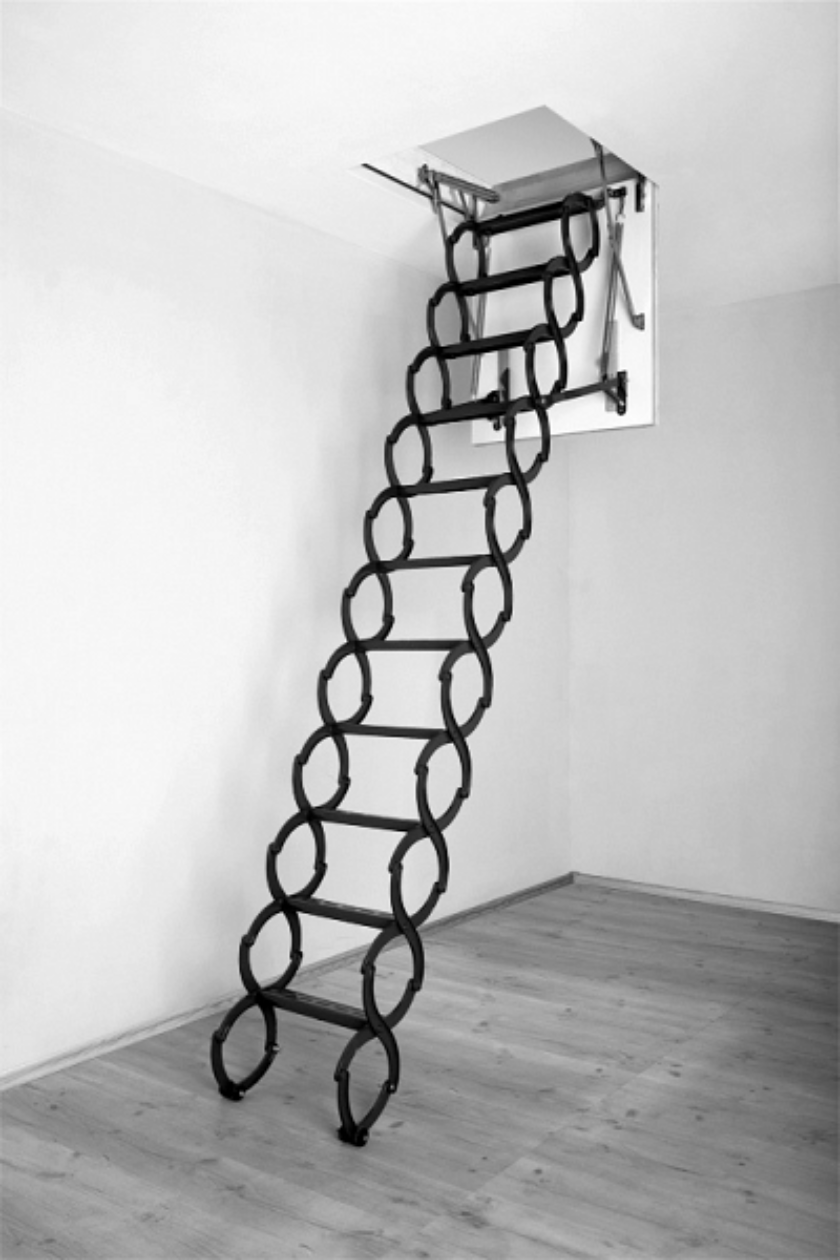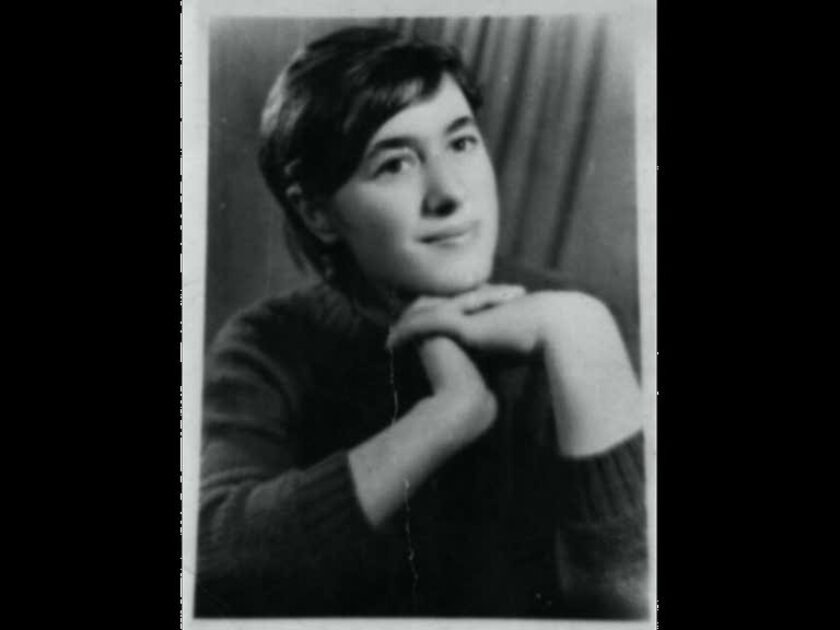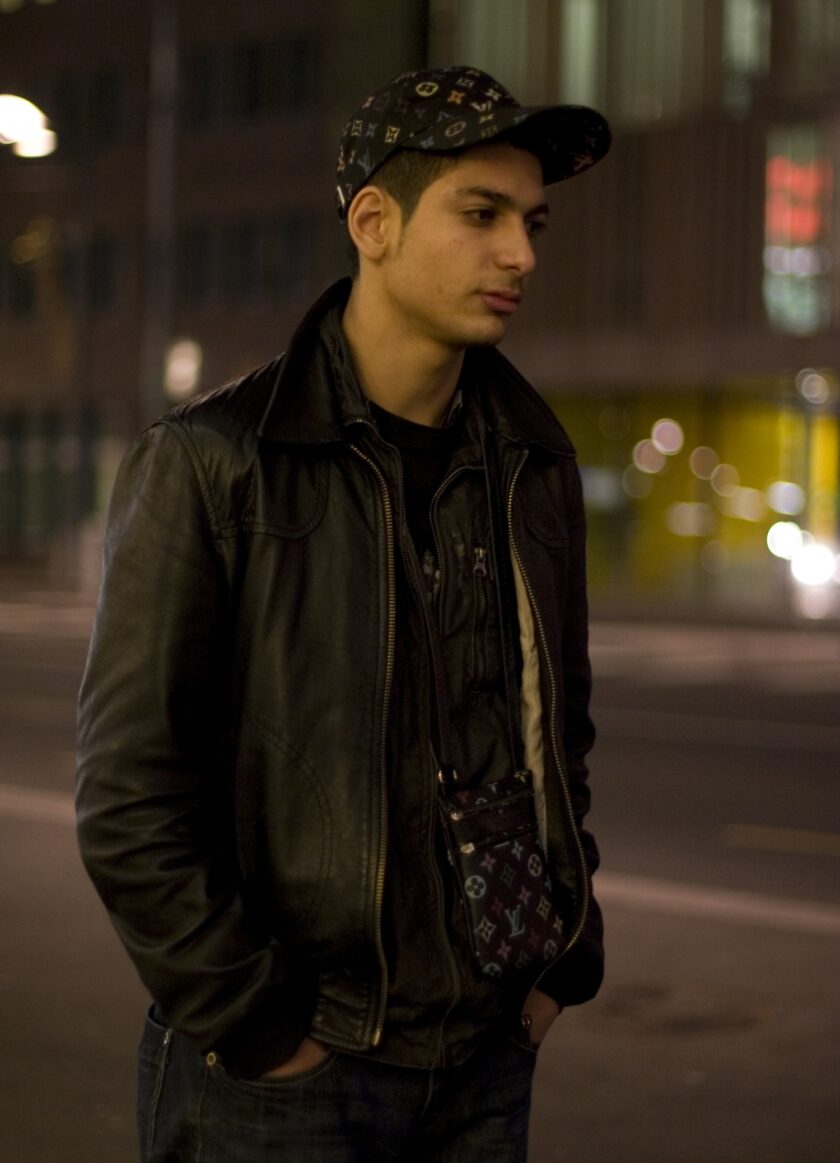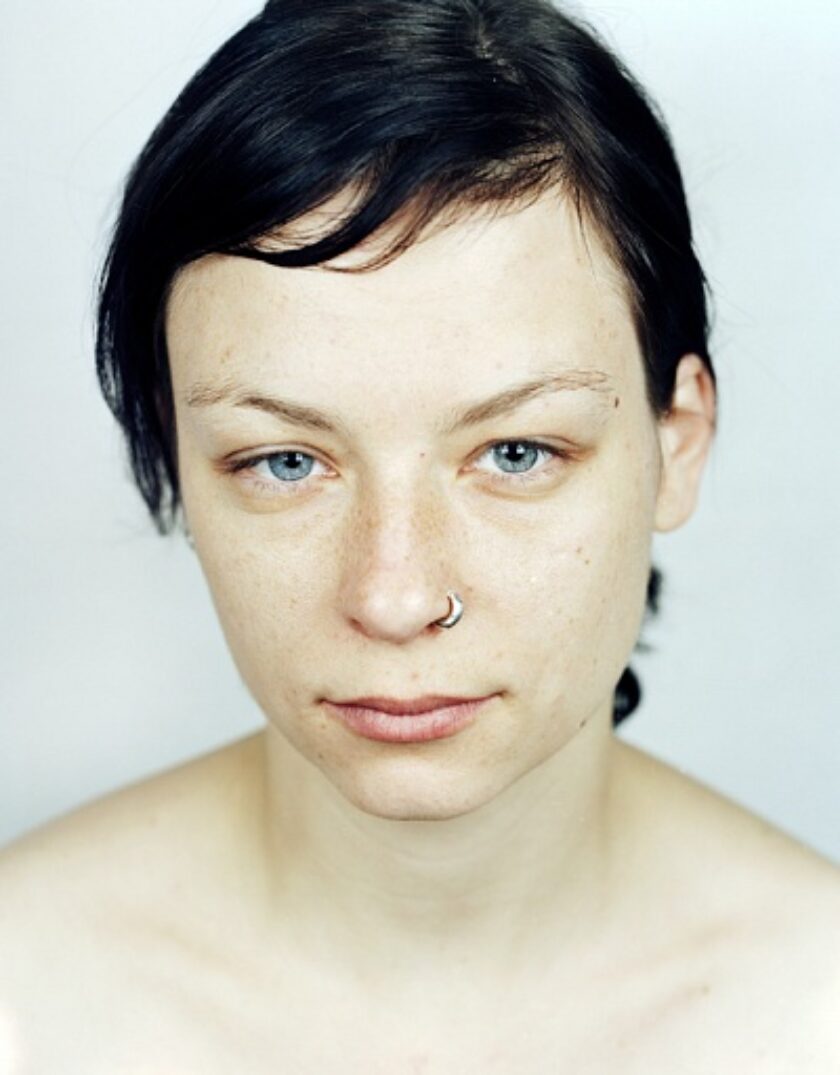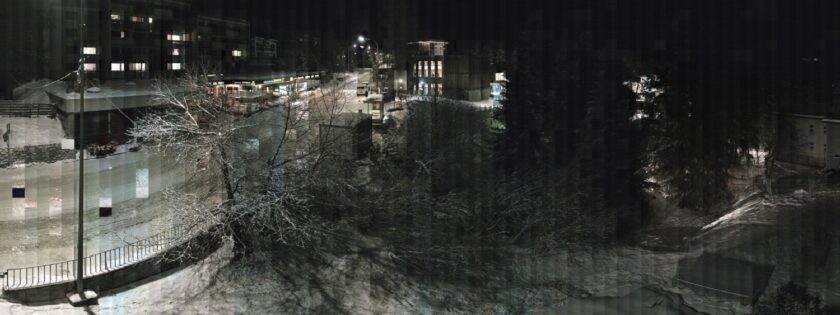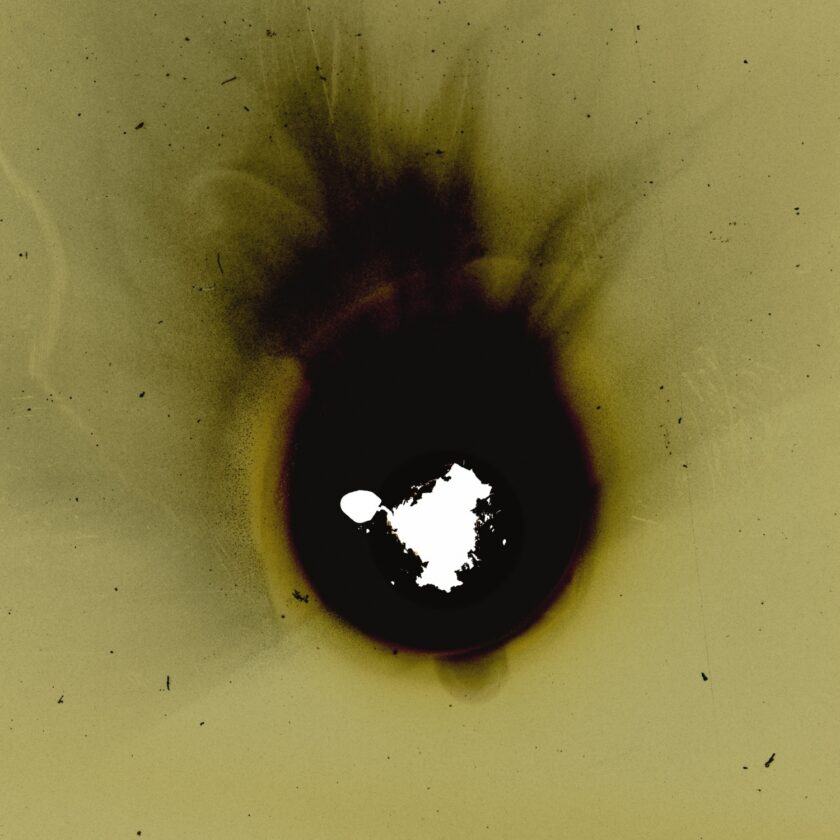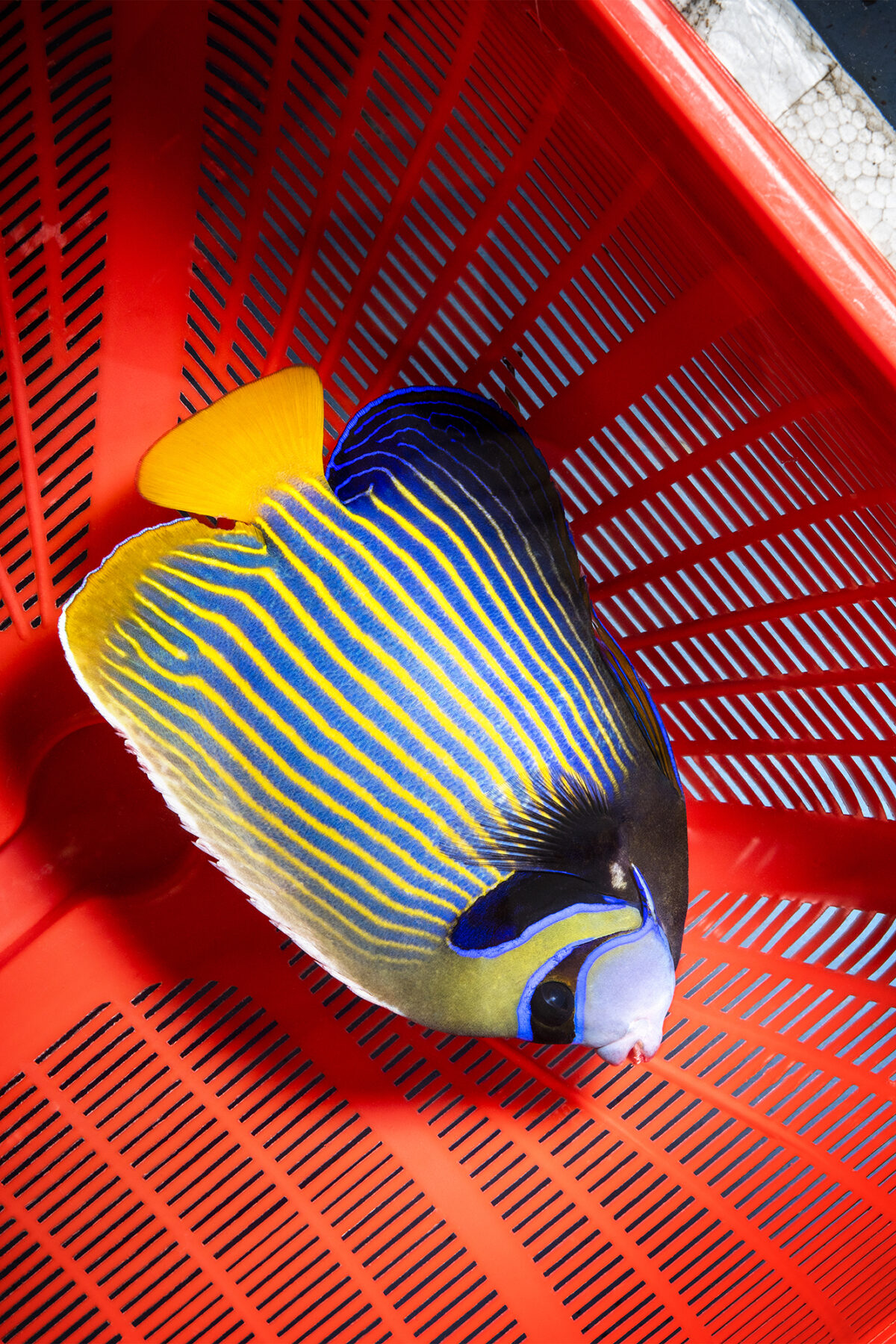1h
Hans-Christian Schink
In one hour, the Earth moves 107’218 kilometres along its orbit around the sun. In one hour, the Earthspins – from one point on the equator – 1,670 kilometres upon its axis. One hour is the time in which Hans-Christian Schink exposes his film and makes “the linear intersection” of this path visible. Hepoints his camera at the sun and makes use of the chemical effects of solarization, in which the darkening of the negative is inversed: by intense overexposure, the sun appears black rather than whiteupon the print.
Between 2003 and 2010, Hans Christian Schink took photographs in 24 locations in which thesun’s course is very different around the world – some near the poles, others near the tropics and the equator. Conducted in the manner of a scientific experiment, he is seeking an image of realitywhich, in this case, can only be revealed through the technique of film photography, and without which the human eye would not be able to perceive it. The line drawn by the sun in these photos representsboth light and the passage of time. These vast landscapes and urban spaces produce a surreal impression. The line of “black light”hovering in the sky dominates the space; it delimits it and opens it out at the same time. Its angle of inclination changes according to the season and the latitude at which the camera is located. Thelocations form a backdrop. Hans Christian Schink describes them in terms of the precise definition of the line depicted by the sun – its geographic coordinates and the time of exposure.As well as a meticulously produced document, the photos of Hans-Christian Schink are also an exhibition of the sun and a particular reminder of its permanent existence. They bring to mind the previouslyunknown images found in nineteenth-century travel photography.
+ Read more- Afficher moinsYear of production: 2003-2010
Edition
Photographe
Nationality
Venue

